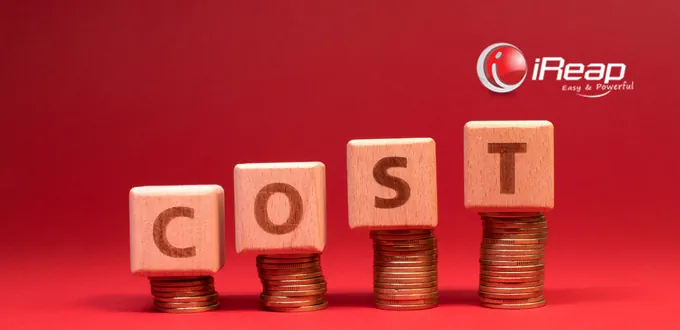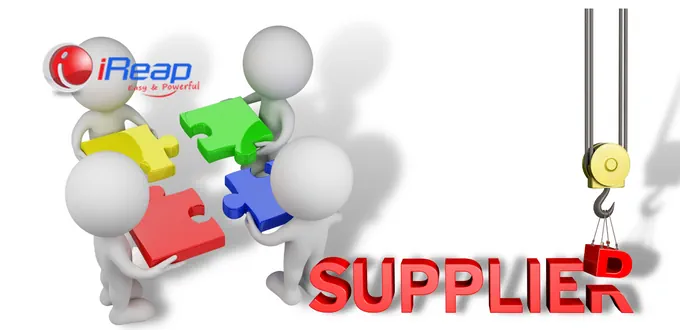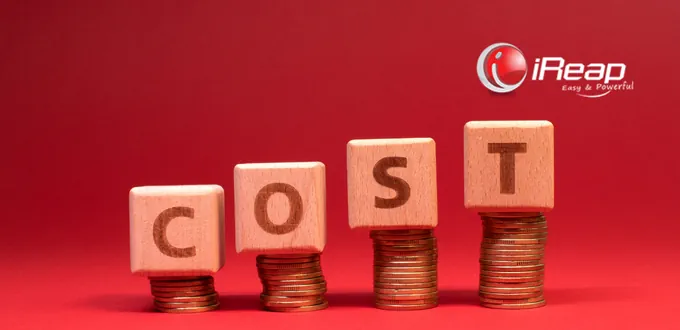
What is the purpose of calculating production costs? The purpose of calculating production costs is to help determine the right selling price and make it easier when wanting to evaluate the production process.
Apart from that, it can also increase company profits/profits and even help you improve the quality of raw materials to increase product quality and selling prices. Come on, read a full explanation of the function and purpose of calculating production costs in this article.
7 Functions and Purposes of Production Cost Calculation
1. Determining the Right Selling Price
The correct calculation of production costs starts from purchasing raw materials, processing raw materials into finished materials, and product packaging.
You can only determine the right selling price with the profit (margin) you want. However, ensure that the selling price is also acceptable to the customer (customers can afford to buy the product).
2. Improving the Quality of Raw Materials
If the raw materials used today do not support the product to be the best, then you need to consider improving the quality of the raw materials.
The trick, you recalculate production costs using old raw materials. Then try to adjust between your target profit margin and slightly higher prices for raw materials with better quality.
If it’s still possible, there’s nothing wrong with using better-quality raw materials so that the quality of your product becomes even better.
Trust me, products with good quality are indeed the target of customers. In addition, using suitable raw materials can also prevent the possibility of product failure.

3. Collaborating with Many Suppliers to Find Good Quality Raw Materials and Good Prices Too
In the production process, the price of raw materials plays an important role. If the raw material is too expensive, it will affect the selling price, which can be costly too.
That’s why you need to look for sources of raw material suppliers with good quality but competitive prices. Refrain from letting because the cost of raw materials is cheaper, and the quality of your product becomes less good. This can disappoint customers and make them stop buying your product.
Working with many suppliers is fine to anticipate changes in raw material prices and the quality of raw materials.
Later, you can choose which suppliers can provide good quality raw materials at a reasonable price. Besides saving on production costs, you will also have a “reserve” when one supplier cannot meet the basic material needs of your business.
4. Facilitate Production Evaluation
In the production process, the highest costs are usually related to the procurement of raw materials and other resources.
That is why you need to calculate production costs in detail. Also, do good financial records about all expenses in the production process.
Later, you can re-evaluate all this data. Is using raw materials, machines/equipment, or even labor efficient? If not, this is the time for you to do efficiency so that there is no waste of costs, energy, and time.
For example, in the production process of chemical or fertilizer factories. The cost of using machinery and equipment will be much greater than human resources. This is because the manufacturing process must run automatically.
Meanwhile, if your business is related to garment production, you will be very dependent on using human power. So it is natural that the costs of human labor are higher than the costs of using production machines.
5. Become a Guide to Doing Efficiency
If you understand well the company’s expenses related to the production process, you can create efficiencies to reduce production costs and become more economical.
An efficient process saves expenses or production costs and can create production load allocation and delegation to other parties. This method will shorten the time needed to produce finished goods.
For example, the production line will be long and time-consuming if the garment company you run produces all the raw materials from the fabric-cutting process to finished clothes.
It’s a different case if you apply CMT (cut, make, trim); that is, you only work on the process of cutting the material, while the process of sewing ruined clothes is done by other suppliers who work with you. In this way, your business can produce finished products in less time and at lower costs.

6. Assist Management in Making Decisions
With the correct calculation of production costs, decision-making related to expenses (purchasing raw materials, purchasing machinery or production equipment, and determining the selling price) will be better and right on target because management makes these decisions based on already available data.
7. Maximizing Company Profits/Profits
If you calculate production costs, then after the goods are finished, calculate income. Later, all that remains is to reduce the income and production costs.
From this calculation, you can determine whether you have received the expected profit or not. Next, make the best decision to maximize the company’s earnings in the future.
Production costs affect the cost of sales of a company’s product. That is why you need to pay attention to calculating production costs accurately. The goal is to avoid pricing errors that cause losses, even if the selling price is too high and makes the product unsold. To calculate correctly, let’s learn the Types of Production Costs and Examples.




